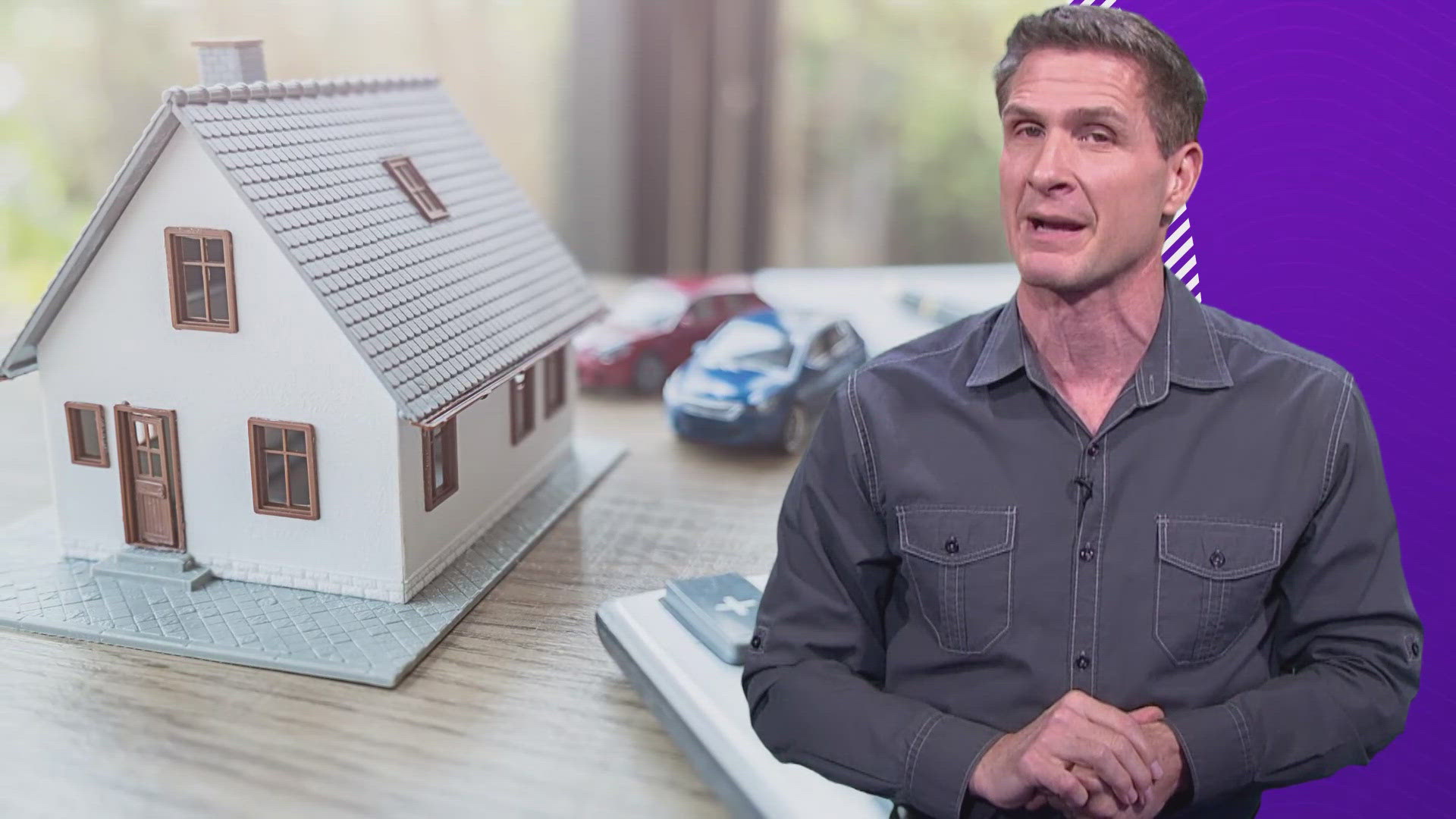DALLAS — Because of a little bit of wizardry, and a lot of lucky timing, I ended up a while back with a mortgage rate that is less than 2%.
That’s the great news.
But the downside is that for years, I have been squarely in the “lock-in”.
That’s the zone where even if you want to sell your house and move, the thought of giving up your low interest rate and buying another home at current mortgage rates is an absolute no.
Considering where mortgage rates have gone in the past couple of years, I will stay happily locked in. In fact, just throw away the key. However, I'm not the only one in the lock-in. You’ll remember before the pandemic that there were years when rates hovered unusually low.
Experts have surmised that one of the main reasons that the inventory of existing houses for sale has been so low in the last few years is that so many homeowners may have been comfy in their lock-in situations. They didn’t want to give up their relatively low rates and face the double threat of higher current mortgage rates and inflated home prices when it was time to relocate.
But several weeks ago, I shared that the market has changed drastically. We are now seeing much higher inventory levels and a supply of existing homes for sale. Which we haven’t seen since 2019 in the Houston market, 2013 in San Antonio, 2012 in D-FW, and back to 2011 in the Austin metro.
How Texas ranks
This may help to explain why: U.S. News & World Report looked at the average mortgage rate homeowners were paying versus the average rate they would pay if they sold their home and took out a new home loan to move to another residence.
On average, they found Texans are currently paying among the highest mortgage rates in the country. But they discovered that relative to other states, Texans have access to the lowest rates in the U.S. for new mortgages.
Because of that, they determined that Texas has the “narrowest mortgage rate lock-in gap” of any state. They figured if you had the average mortgage rate for Texas homeowners and you decided to sell your house and buy another home at the average new loan rate offered in Texas, you’d pay 2.55% points more.
On the average loan, realtor.com figures that would cost you about $340 extra per month. Yes, that is more, but not as much more as they found in other states when a homeowner with the existing average rate sells and then buys another place at the average current mortgage rate.
Have you thought of 'going bare'?
Now after you pay all that money for a home, have you ever thought about going bare?
Before you answer, I’m talking about the idea of stripping off your homeowner insurance coverage and just risking it. It’s commonly called ‘going bare’.
Stats based on 2021 data showed 7.4% of homeowners were insurance-less. Now a newer survey says the pandemic, and the soaring insurance premiums that followed it, have made that number much higher.
The Insurance Information Institute says they teamed up with Munich Re and, “Conducted a national consumer survey last year which indicated 12% of U.S. homeowners don’t have property insurance”. That would be a lot of people making a very risky and potentially expensive decision.
Typically if you have a mortgage, the lender will insist that you have a homeowner insurance policy. The state of Texas doesn’t require it, but still acknowledges that it “makes sense”.
If you are thinking of ‘going bare’, you should probably take a look first at the fourth chart in this NOAA report laying out that Texas has gone from having more than $14 billion in natural disasters in the 1980s to 62 in the decade of the 2010s to 55 of them just in the last five years.
Additionally, the Insurance Information Institute reports that the overall average home property damage claim paid by insurance in recent years was $15,570. They add that the average payout for home fire and lightning claims in particular was $83,991. Going bare can be a lot to bear.

